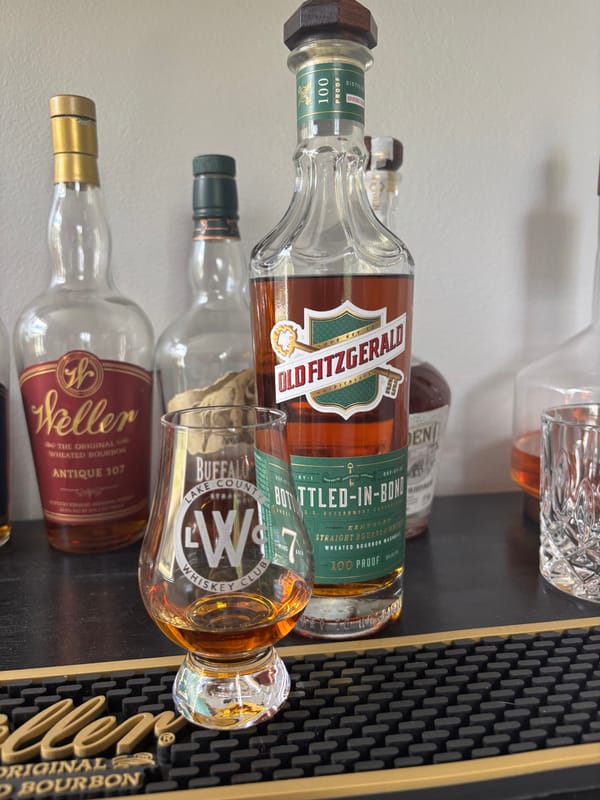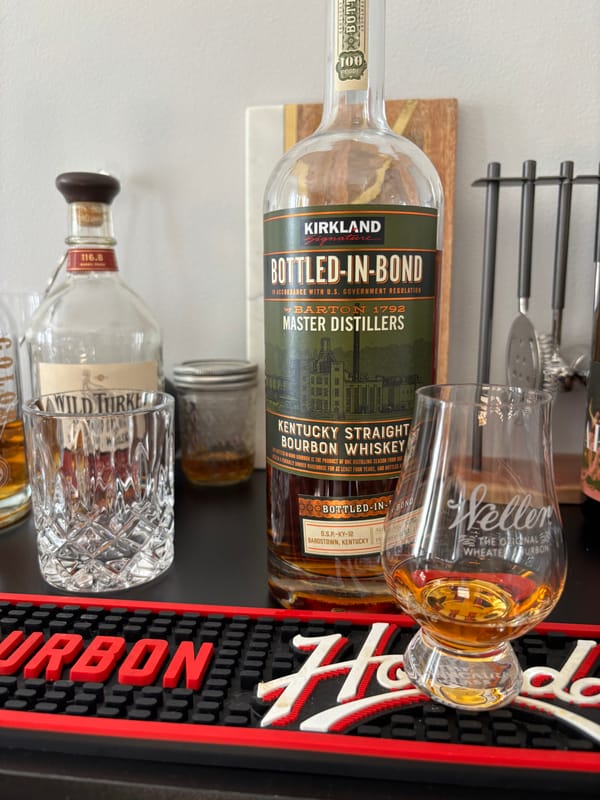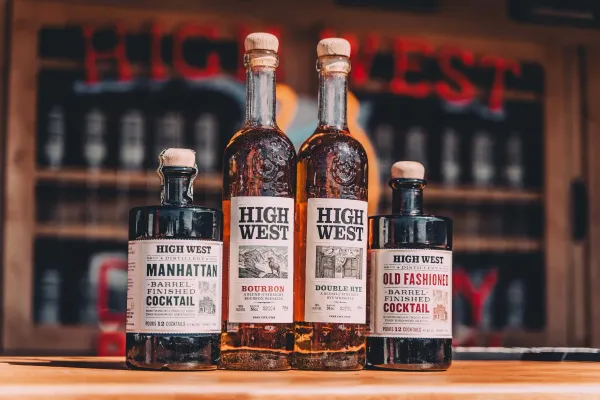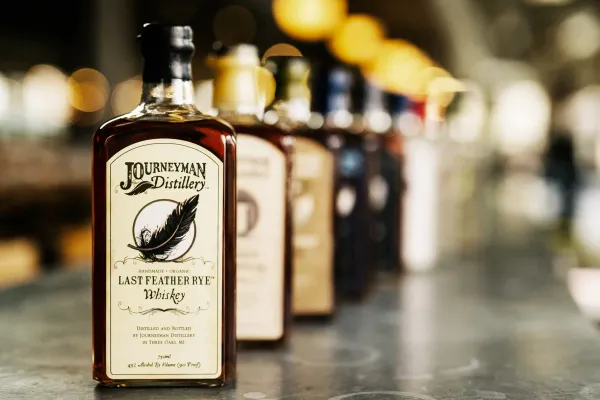Whiskey Aging Decoded: The Time Trick You’ll Wish You’d Mastered Earlier

Aging Minimums: The Whiskey Clock You Can't Miss
Aging makes whiskey whiskey—if you don’t know the rules, you’re missing its ticking heart. Two years? Four? It’s all legal fact. Here’s the stone-cold truth about whiskey aging minimums, straight from U.S. law, and why it’s your 2025 must-grasp.
What’s the Aging Minimum for Whiskey?
U.S. law requires bourbon, rye, and wheat whiskey to age in new charred oak—51% grain minimum, 160 proof max distillation, 125 proof max barreling, 80 proof minimum bottling. "Straight" whiskey—bourbon or rye—must age two years; under four, the label states it. No minimum exists otherwise, but zero-aged isn’t whiskey.
How Aging Time Works
Spirit enters barrels at 125 proof or less, resting two years or more—often four to eight—in warehouses where heat swells it into oak and cold pulls it back, extracting vanilla and spice over time. Every year darkens it—golden at two, amber by eight—law ensures oak’s touch, no shortcuts.
What Aging Means for Your Sip
Two years smooths raw spirit—corn sweetens, rye bites, oak adds vanilla. Four-plus years deepen it—caramel and spice emerge—making every straight whiskey richer. Time’s the flavor clock—law sets the baseline, and years turn the dial.
Why Aging Rules 2025
Aging’s whiskey’s heartbeat—by 2025, knowing its minimums could guide you to the smoothest pours. It’s the truth time tells—don’t skip its lesson. Want to taste aged perfection? Check out NEAT: Whiskey Finder—it’ll help you track down bourbon and whiskey near you.





